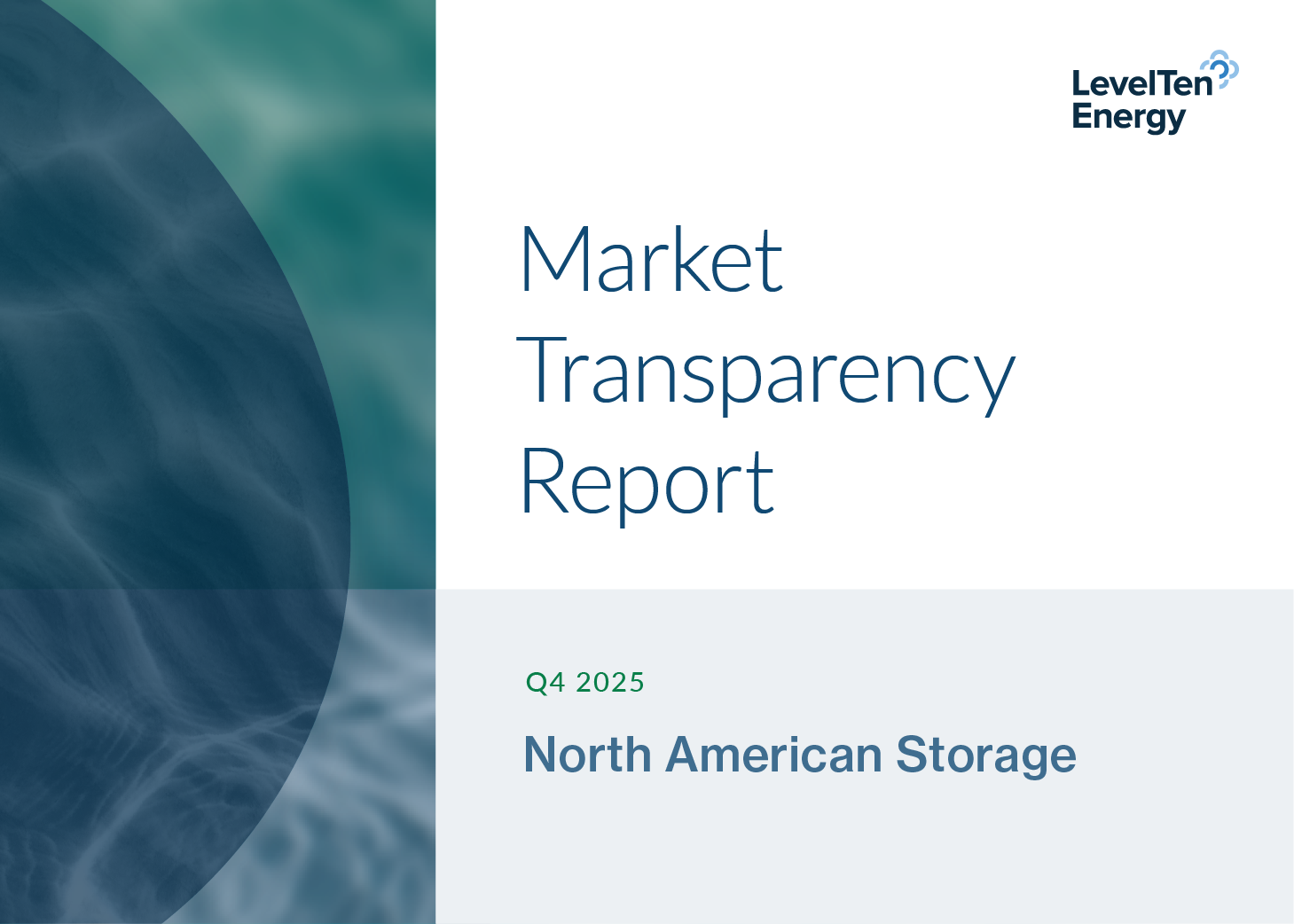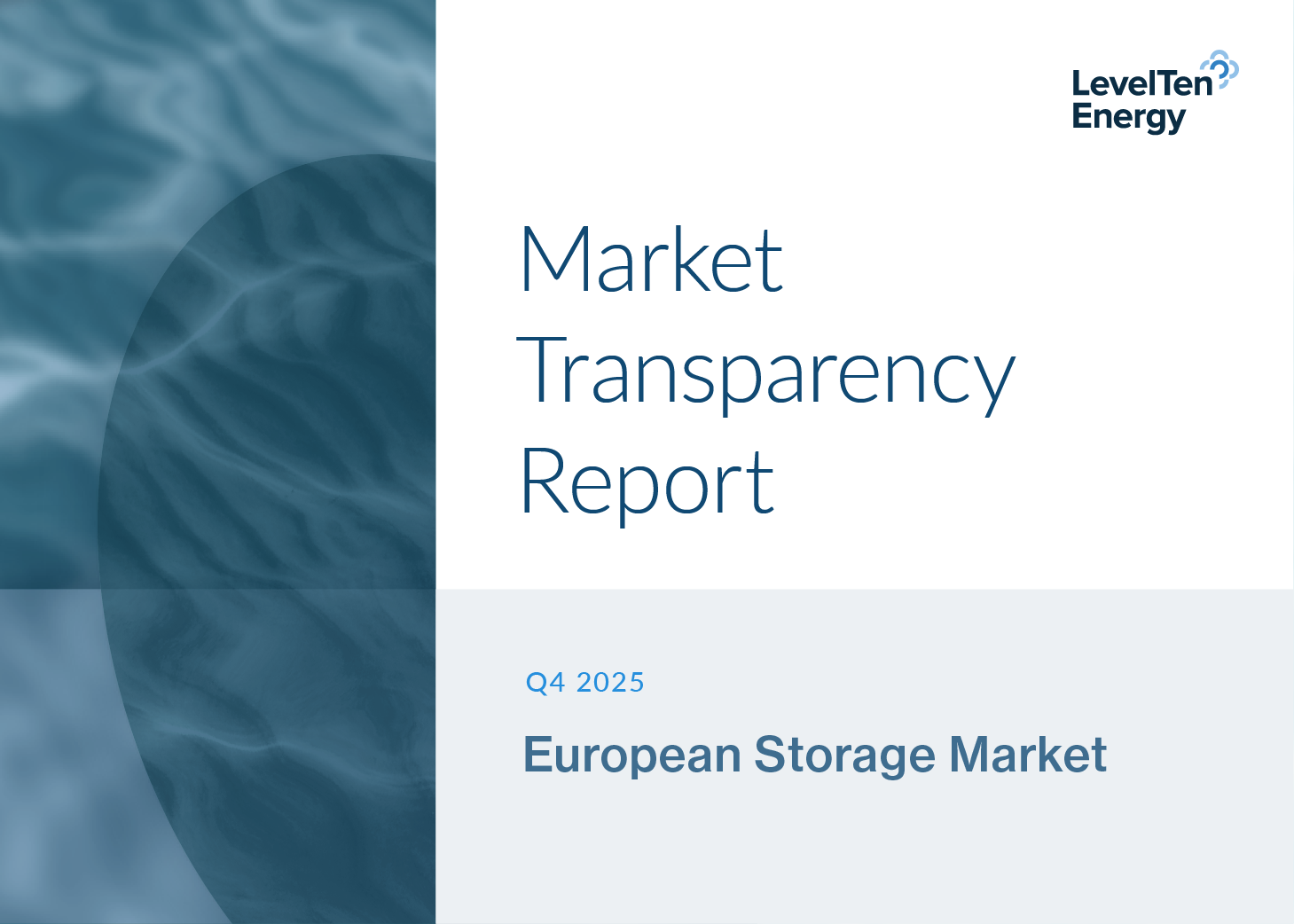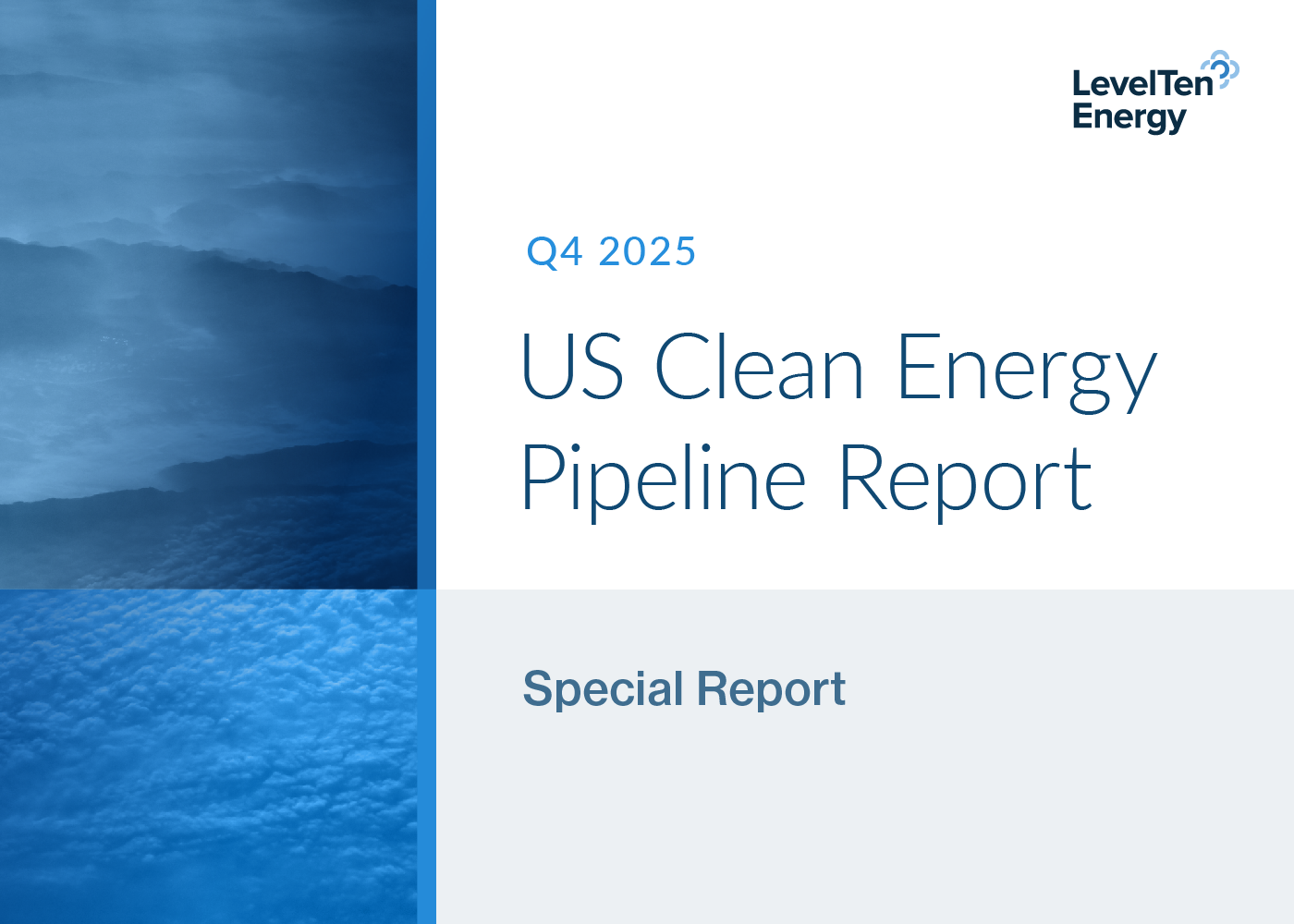On August 15, the Department of Treasury released its new rules (Notice 2025-42) for wind and solar projects seeking 45Y and 48E tax credits. The notice eliminates the "5% Safe Harbor" option for projects greater than 1.5 MW, a commonly used approach that previously allowed developers to spend 5% of total anticipated project costs to qualify for "beginning of construction."
This is a significant shift. A recent LevelTen survey of developers shows 60% of US developers had planned to use the 5% safe harbor to satisfy beginning-construction requirements (see more on page 59 of the Special Report: State of the Market). Developers have used this mechanism for more than a decade, and the majority of clean megawatts built in the US to date have relied on this funding strategy. Eliminating this tool disrupts another fundamental piece of the energy transition, and adds even more upward pressure on PPA prices.

The change stems from President Trump's July 7 Executive Order, which directed the Treasury Secretary to reassess the rules determining the "beginning of construction" milestone. The Order instructed the agency to restrict “the use of broad safe harbors unless a substantial portion of a subject facility has been built.”
New Requirements for Developers
After September 2, 2025, all developers must demonstrate "physical work of a significant nature" has occurred to meet beginning-of-construction requirements — and must meet "continuity" requirements until the project reaches operation.
Projects that begin construction before July 5, 2026, will have a four-year window to be placed in service, meaning a project beginning in March 2026 will have until the end of 2030 to reach commercial operation. Projects with construction extending beyond this four-year window must demonstrate continuous construction (as opposed to "continuous efforts") to continue qualifying for tax credits. Projects that begin construction after July 4, 2026, must be completed by the end of 2027 to secure tax credits.
Ambiguities in the Physical Work Test Requirements
The notice is ambiguous regarding the amount of physical work required, stating "there is no fixed minimum amount of work or monetary or percentage threshold required" for determining whether a project is under construction. However, it did clarify the types of activities that meet the "physical work test," which include pouring concrete pads, installing support structures, or excavating foundations — as well as off-site work conducted under binding contracts like manufacturing PV racking, inverters, or transformers.
Treasury also quietly removed language present in its original guidance that stated qualifying transformers "must step up voltage to less than 69 kilovolts," a subtle yet positive change for developers planning to use transformer manufacturing as a means of qualification.
Market Reaction and Next Steps
While some uncertainty remains, the guidance has generally been viewed as preferable over stricter rules that many had anticipated. The notice's vague nature will leave it largely up to the tax equity market to establish its degree of comfort around construction status and financing.
The September 2 deadline will likely precipitate a flurry of activity from developers aiming to be grandfathered in under legacy rules. While further Treasury guidance on FEOC rules is still pending, the notice provides the industry with improved certainty around how projects can secure tax incentives. Nonetheless, the new guidance further restricts options for developers that are already navigating severe policy headwinds and regulatory flux, and its potential adverse impacts should not be overlooked.
Get the Full Market View
The August 15 guidance is just one of many forces reshaping clean energy procurement in real time. The Special Report: State of the U.S. PPA Market offers the industry’s first post-OBBBA look at PPA pricing, buyer strategies, and developer responses — insights you can’t afford to miss if you’re planning your next move.
Current subscribers have access to the full report in our Report Center. Know you need the full report to tackle this complex market? Become a subscriber today.
Get immediate access to the free Executive Summary through the form below. See what’s changing, what it means for your deals, and how to act before the most attractive opportunities are gone.






